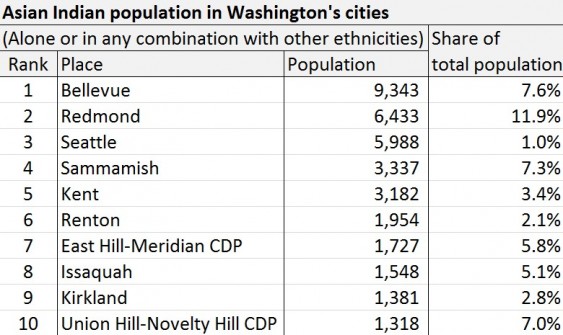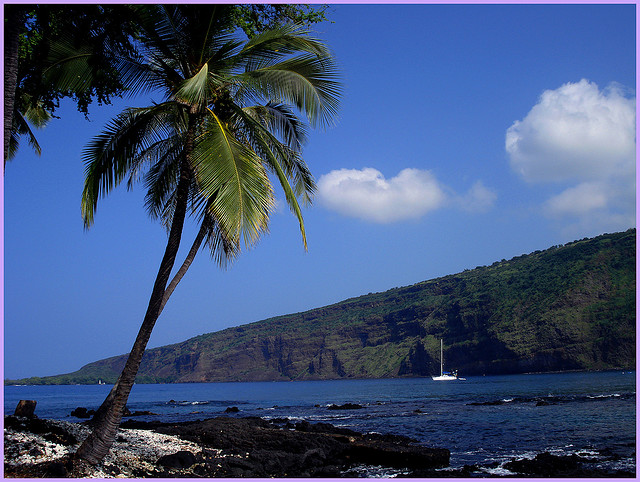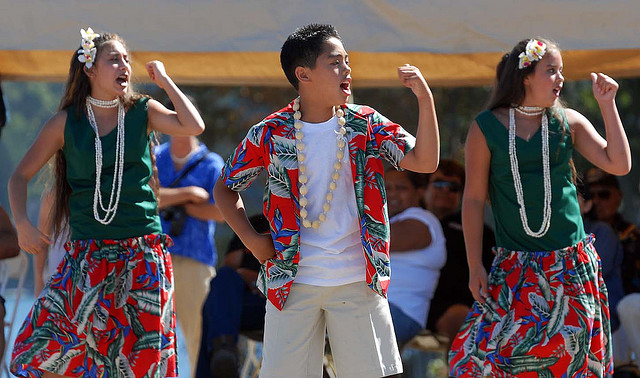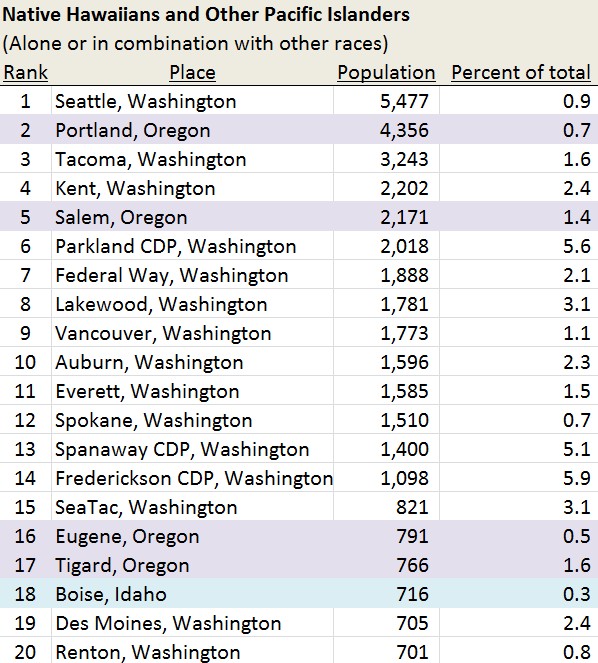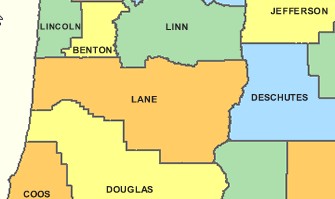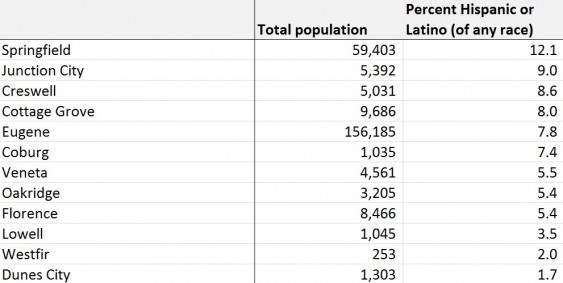Life expectancy reached a new high in both British Columbia and in Washington last year. That’s good news, since it means that the residents of both jurisdictions are living longer, healthier lives.
In one way of looking at things, the news comes as no surprise. Lifespans through much of the industrialized world have increased fairly steadily since the end of World War II, so record-breaking years are now more the rule than the exception.
 But what’s genuinely interesting is that life expectancy is rising much faster in some places than in others. As of 1980, for example, lifespans in Washington and British Columbia were nearly in a dead heat: 75.1 years for Washington, 75.8 for BC. Yet since then, BC has pulled ahead. By 2013, lifespans in BC had reached 82.7 years, compared with just 80.4 years in Washington—a gap of 2.3 years, which is wider than at any point since Washington began annual reporting of life expectancy statistics.
But what’s genuinely interesting is that life expectancy is rising much faster in some places than in others. As of 1980, for example, lifespans in Washington and British Columbia were nearly in a dead heat: 75.1 years for Washington, 75.8 for BC. Yet since then, BC has pulled ahead. By 2013, lifespans in BC had reached 82.7 years, compared with just 80.4 years in Washington—a gap of 2.3 years, which is wider than at any point since Washington began annual reporting of life expectancy statistics.


